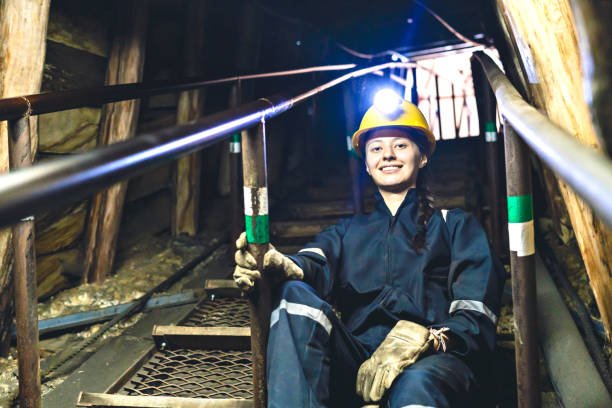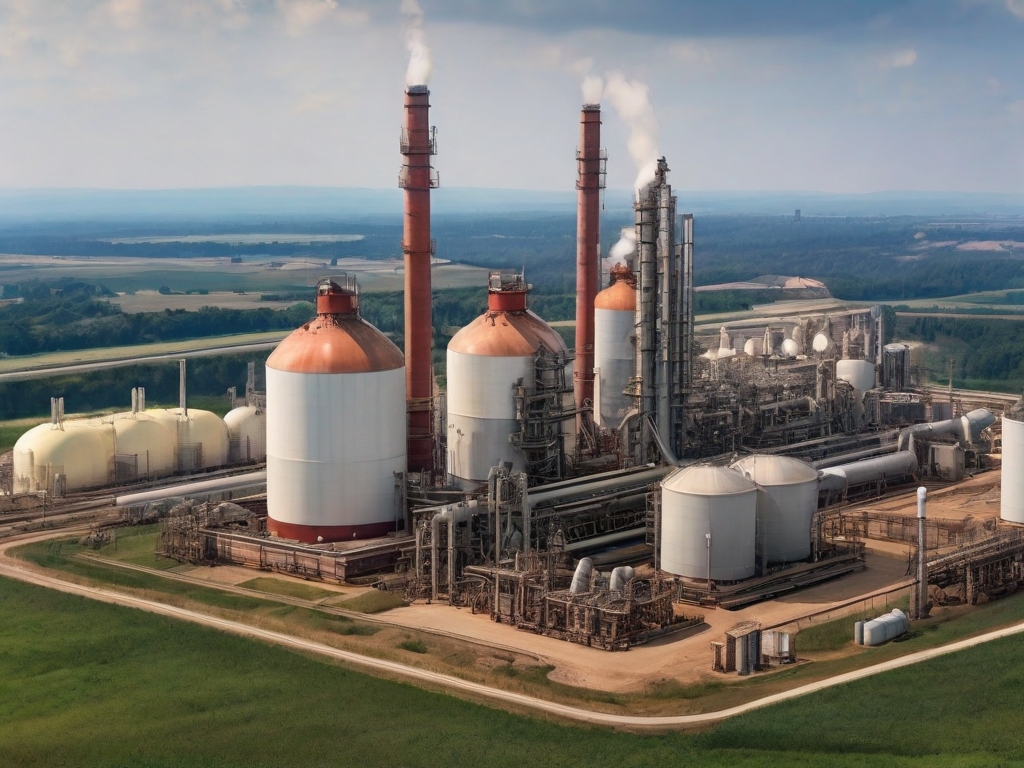Welcome to the Intrinsically Safe Store blog, your one-stop resource for all things related to intrinsically safe equipment and standards. We invite you to explore our website and discover our wide range of products designed to ensure safety in hazardous environments.
Understanding Intrinsically Safe Standards
Intrinsically safe standards are a critical aspect of safety in industries where hazardous conditions, such as flammable gases or dust, are present. These standards ensure that electrical and electronic equipment used in such environments do not ignite explosions.
The Birth of Intrinsically Safe Standards
The concept of intrinsic safety originated in the mining industry in the early 19th century. Miners needed a way to use electrical equipment underground without causing methane gas explosions. To give birth to the concept of intrinsic safety, the solution involved limiting the electrical and thermal energy to levels below what’s required to ignite the surrounding atmosphere.

Development Over Time
Over the years, intrinsically safe regulations have evolved and expanded to cover a wide range of industries, including oil and gas, chemical, and pharmaceutical industries. The standards have become more stringent, with the introduction of international certification bodies such as ATEX in Europe and IECEx worldwide.
- ATEX: The ATEX directive, introduced in 2003, controls equipment and protective systems intended for use in potentially explosive atmospheres in the European Union.
- IECEx: The International Electrotechnical Commission System for Certification to Standards Relating to Equipment for Use in Explosive Atmospheres (IECEx System) is a global certification system that facilitates international trade in electrical equipment intended for use in explosive atmospheres.
Case Study: The Piper Alpha Disaster
The Piper Alpha disaster in 1988 highlighted the importance of intrinsically safe standards. An explosion and resulting oil fire on the Piper Alpha oil platform in the North Sea killed 167 workers and caused $3.4 billion in damage. The incident led to a thorough review and tightening of safety regulations, including intrinsically safe standards, in the oil and gas industry.
Modern Intrinsically Safe Regulations
Today, intrinsically safe standards continue to evolve to keep pace with technological advancements and emerging risks. They now cover a wide range of equipment, from simple devices like flashlights and gas detectors to complex systems like process control instrumentation.
Evolution of Intrinsically Safe Standards
Intrinsically safe regulations have come a long way since their inception in the mining industry. They have evolved to become a critical aspect of safety in a wide range of industries. As technology continues to advance, these standards will continue to evolve to ensure the safety of workers in hazardous environments.
At the Intrinsically Safe Store, we are committed to providing products that meet the highest intrinsically safe regulations. We invite you to explore our website and discover our wide range of intrinsically safe products. If you have any questions or need further information, please do not hesitate to contact us.


























